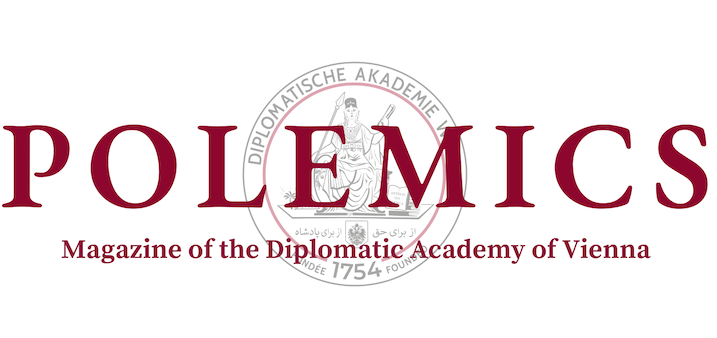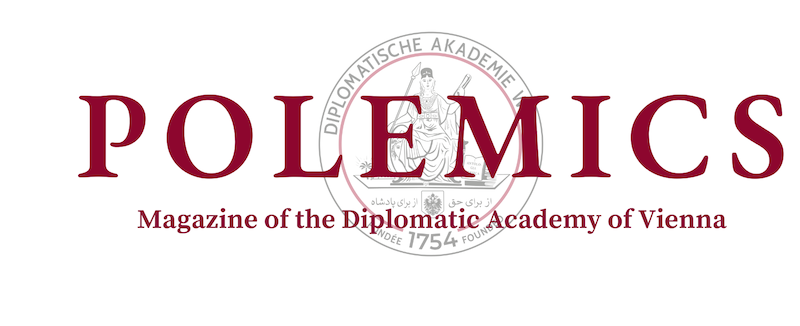The discussion surrounding public transportation in the United States has recently resurfaced. It comes in the aftermath of certain transportation agencies receiving necessary funds from the COVID-19 stimulus bill and Biden’s announcement of a new infrastructure bill. The public transportation debate is not novel to the US but has been notoriously pushed aside by auto industry lobbyists and the American consumer preference for personal vehicles. Ironically, America was one of the first countries to build a public transportation network. Yet, they were also the first to abandon such efforts, demolishing the progress made.
In 1901, even small industrial settlements like those in the Lehigh Valley of Pennsylvania had train and trolley networks. Likewise, to other towns across America, the transit system was started by private companies attempting to distribute their production materials and workforce throughout the community. As these companies grew, they expanded both the reach and purpose of their networks. Soon, trains connected all the local towns and were used not only for transportation of goods but as the dominant system of travel for locals.
The early train systems inspired other businesses and the development of recreational opportunities. Walking distance was no longer a concern for locals. Parks could be built outside of town and became the center of weekend getaways and entertainment. Developers expanded shopping areas to have more amenities on cheaper and more rural land. This increased growth and construction spurred the consumerist market, and all helped to stimulate the local economy.
The years of the Great Depression and Second World War saw ups and downs in the railway industry. The 1930s left the industry almost destitute, although this was quickly reversed in the lead-up to the war when mobility and transportation were vital to success. Then the 1950s came, and post-war America had people to employ, abundant resources, and a strong economy. President Eisenhower signed the Interstate Highway Act of 1956, committing the federal government to pay 90% of all costs for building roads and highways across America fit for single-family automobiles. Not only were cars affordable enough for middle-class families to buy them, but there were also new roads that encouraged greater distance travel. Town trolleys could only carry passengers so far, and trains had limited destinations, making the private automobile more appealing. In 1950, there were less than 30 million registered automobiles in the US versus almost 70 million in 1958.
Various incentives were drawing Americans to car ownership: the allure of longer-distance travel, the development of suburbs, the growing consumerist culture manifested in shopping malls on the outskirts of town, and the expansion of the middle class that could afford such a luxury. However, a significant reason for increasing car ownership lies in the fact that many middle-class Americans either worked in the auto industry or in supporting industries such as steel. Essentially, once cars came to America in the 1950s, they stuck. In the Lehigh Valley, the steel industry and cement factories (the original creators of the transit system) continued to be the largest employers in the region, accounting for roughly 47% of the population. The shift was not in the place of work, but in how employees choose to get there, commuting individually rather than communally.
Since 1956, the US has spent around $10 trillion on highways and roads. In comparison, it had spent less than $2.5 trillion on public transportation. Biden’s new infrastructure bill allocated another $2 trillion for public transit, prioritizing networks such as Amtrak. This is a critical shift in government transportation policy from the last 60 years.
Despite arguably being a political maneuver, the Biden administration’s plan of allocating funds to public transit in an attempt to address America’s growing concerns about the environment is vital. The US population has grown 60% in the last five decades, causing the expansion of highways and roads to accommodate and almost encourage more cars on the streets. Regardless of the outrageous maintenance bill, most US highways are toll-free. Taxes do not fully cover the expense of their upkeep, meaning many are subsidized by the government. Additionally, gas is not taxed to account for the detrimental effects of greenhouse gases or road congestion.
Today, the transportation sector is the leading cause of greenhouse gas emissions in the US. In 2016, it was responsible for emitting nearly 2 billion tons of carbon dioxide alone. Yet, unlike in 1958, manufacturing is not America’s principal business focus. There has been a shift to the service industry, which is usually locally based. Shopping malls are closing down in exchange for online delivery services. Most suburbs have either private yards or parks contained within them. The average American today needs to travel to town, school, local offices, and recreation events. These are the same transportation needs the trolleys and trains used to cover.
Even in smaller communities like the Lehigh Valley in Pennsylvania, there are economic and social benefits in reinstating the public transportation network. Currently, just one out of the seventeen public school districts in the Valley pay an annual budget of $370,000 for student transportation within a single town. In 2005, 84% of Pennsylvanian students were bused to school at the fare of $644 per student. With inflation alone, that cost in 2021 would be $871 per student. The national average expenditure to bus K-12 students to school in 2021 is $1,038 per student. If these funds were reinvested into public transportation, not only would students get to school, but their teachers, nurses, coaches, and other administrative staff could as well. We can improve mobility of the young and elderly who are more likely to be restricted to their home and dependent on the assistance of a relative or friend to move around and reach public amenities. With the lack of a transit system, private cars remain the only option.
Public transit networks need investment. Further federal government support to bring public transit back to towns across America is necessary. The current $2 trillion will not be enough to build and support these projects. If applied uniformly on all roads, gas and road tolls could act as incentives to abandon cars. A shift in perspective is needed — Americans need to see public transportation as something beneficial for public needs, the environment, and the general mobility of citizens.
Edited by Philipp Harnik; Photo Credits to George Varkanis









